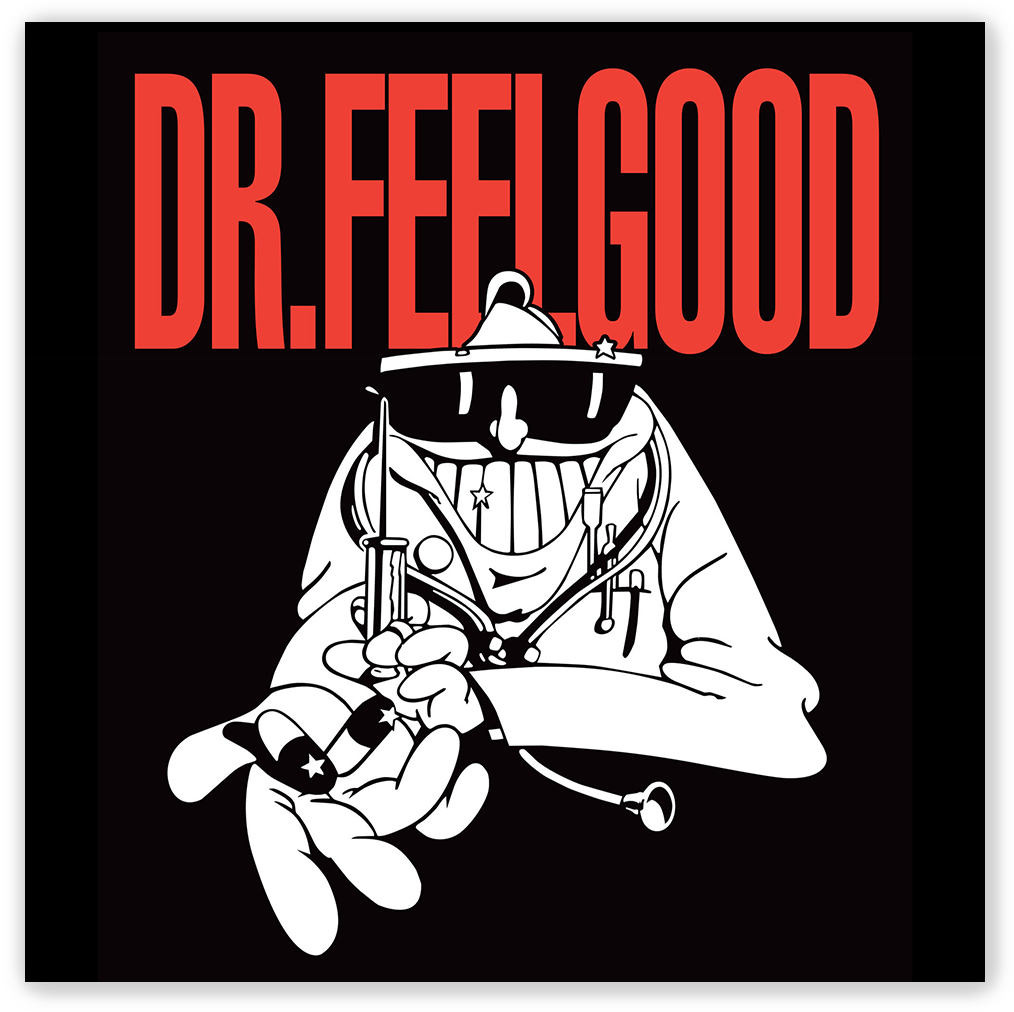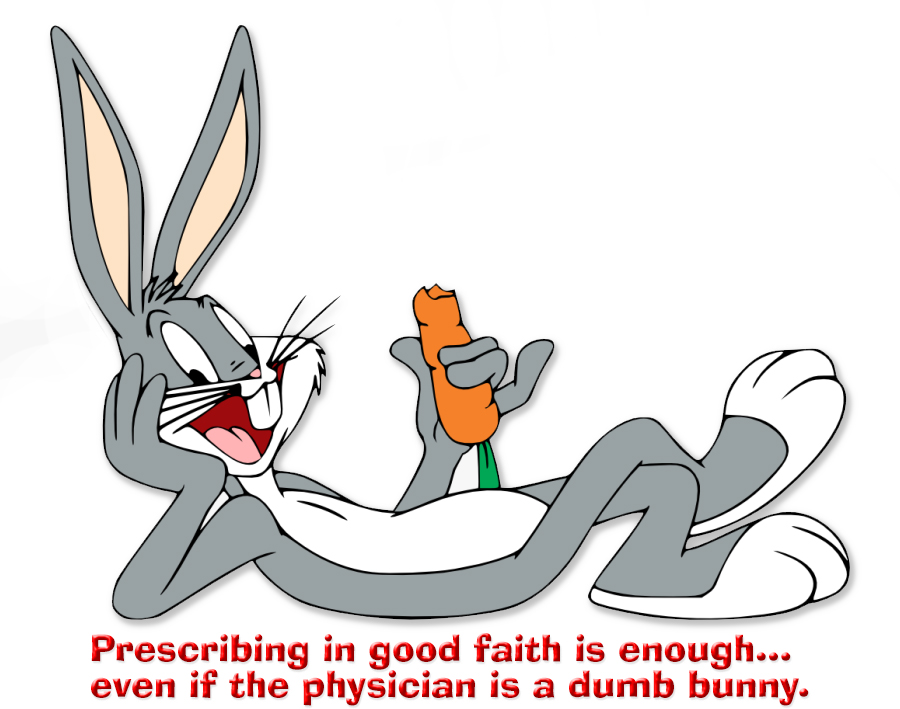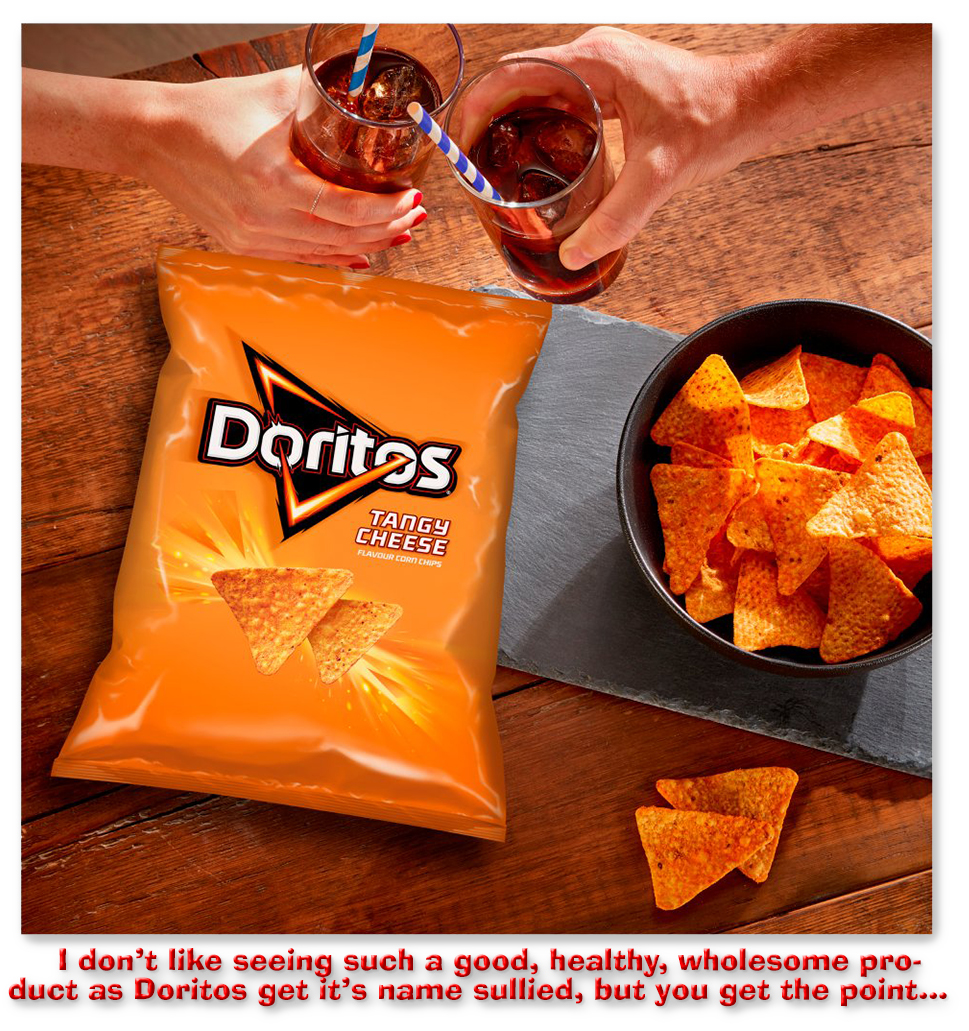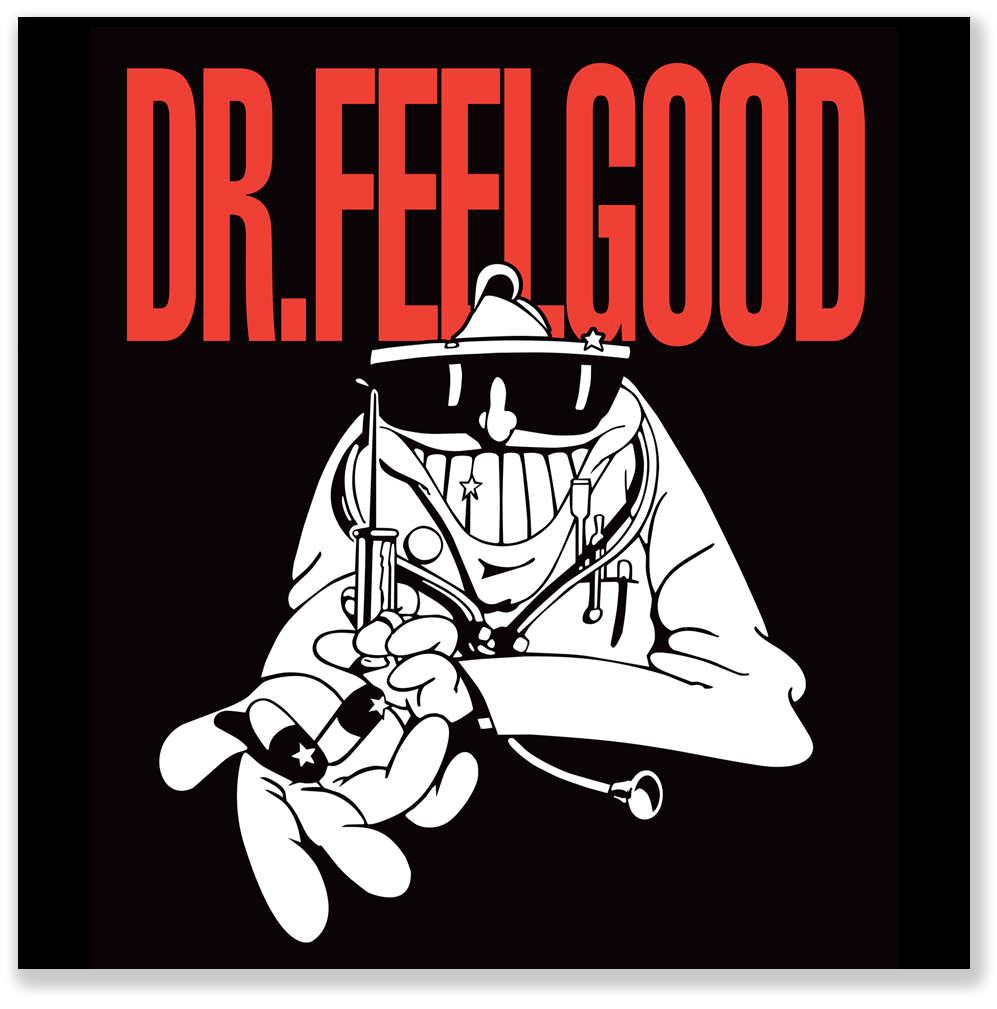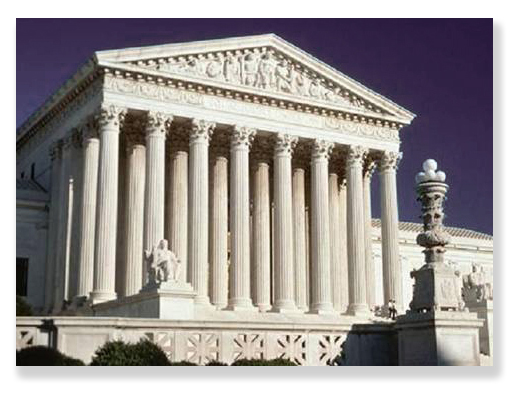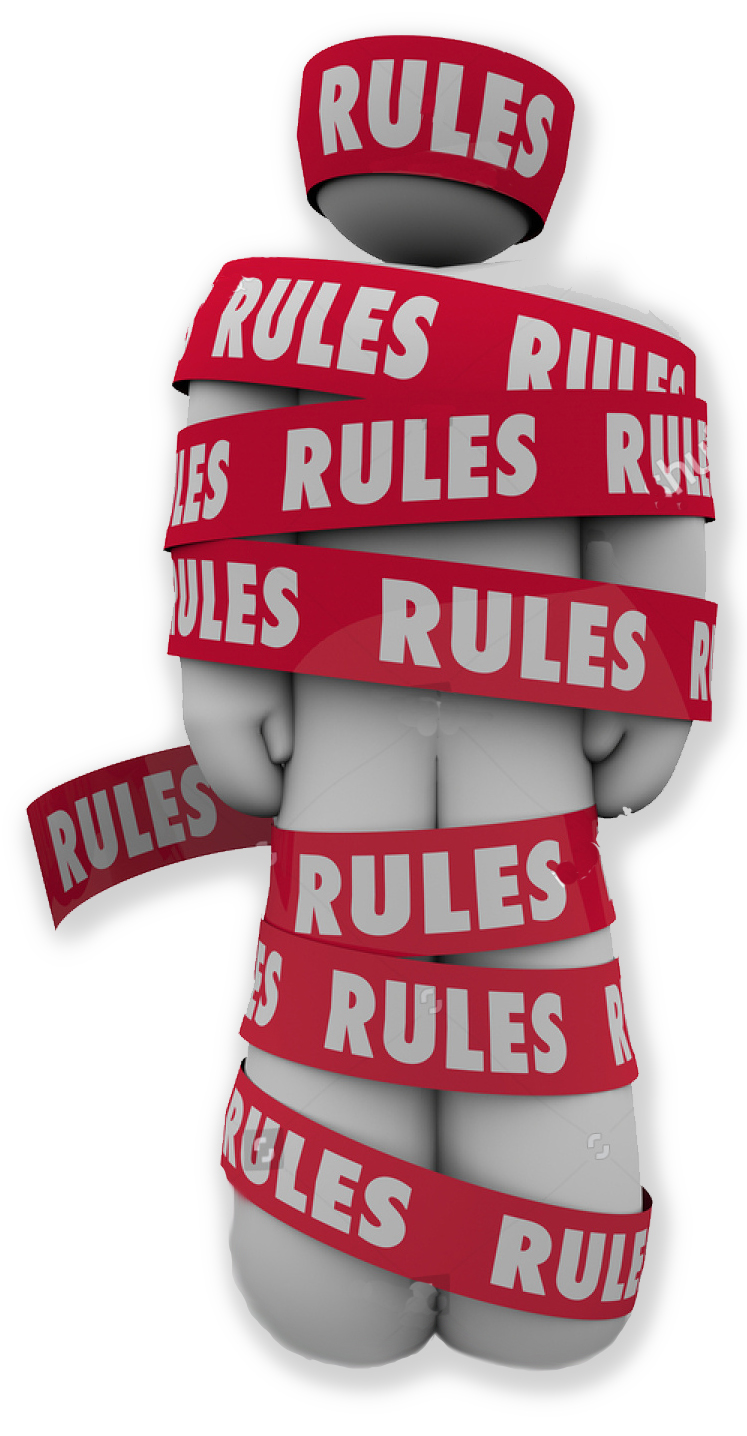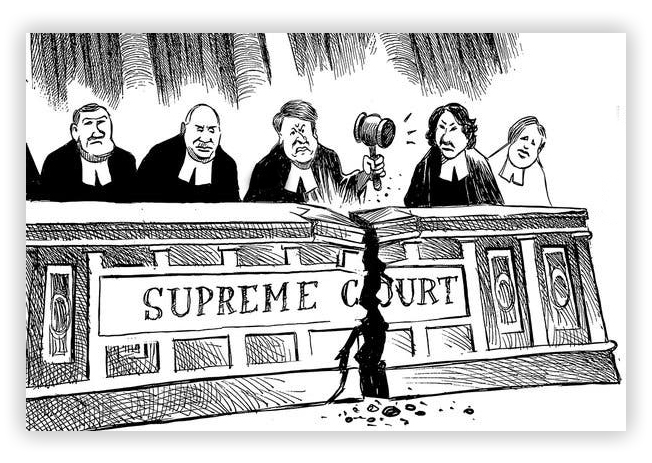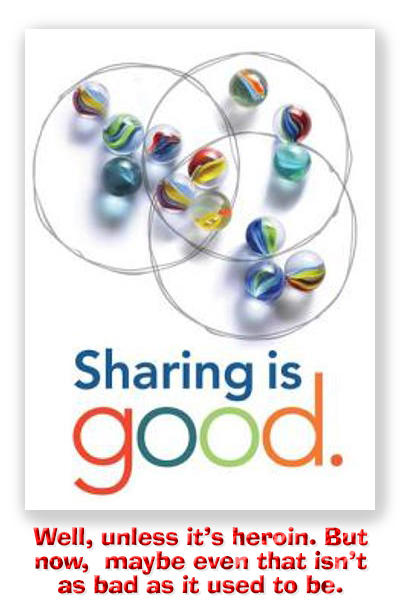We post news and comment on federal criminal justice issues, focused primarily on trial and post-conviction matters, legislative initiatives, and sentencing issues.

SENATORS URGE BIDEN TO COMMUTE THOUSANDS OF SENTENCES
President-elect Trump may accomplish something this month that no one has yet been able to do yet: get President Biden to wield his clemency powers.
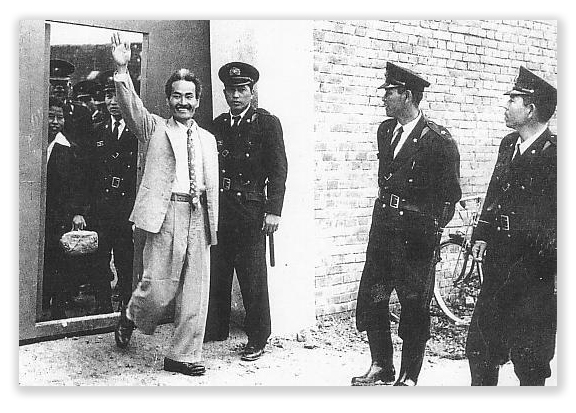 Senate Democrats are pressuring Biden to shorten the sentences of thousands of federal drug prisoners incarcerated before he leaves office. In a letter sent to Biden October 21st but only surfacing last week, seven Senate Judiciary Committee members plus an eighth Senator urged Biden to commute drug mandatory minimums that were shortened by the First Step Act but not retroactively.
Senate Democrats are pressuring Biden to shorten the sentences of thousands of federal drug prisoners incarcerated before he leaves office. In a letter sent to Biden October 21st but only surfacing last week, seven Senate Judiciary Committee members plus an eighth Senator urged Biden to commute drug mandatory minimums that were shortened by the First Step Act but not retroactively.
The FSA cut mandatory life under 21 USC § 841(b)(1)(A) for one prior drug conviction from 20 to 15 years and for two priors from life to 25 years. The change started out in the legislative process to be retroactive, but retroactivity was amended out of the bill before passage to secure Republican votes.
The group of Democrats, led by Senate Judiciary Committee chairman Richard Durbin (D-IL), is urging Biden to categorically lower the sentences of people sentenced under § 841(b)(1)(B) mandatory minimums so they match what they would have received under the First Step Act amendment. In some cases, sentences would be cut to time served.
“[O]ver 8,000 federal clemency petitions are awaiting decision,” the letter notes. “You have granted only 25 pardons and 131 commutations thus far, denying nearly 8.000 petitions.’ We respectfully request that your Administration act with urgency to grant relief to deserving individuals and further reduce the clemency backlog… One significant step in the right direction would be to grant categorical relief to incarcerated individuals who were sentenced under harsh mandatory minimums that the bipartisan First Step Act substantially reduced.”
Sen Peter Welch (D-VT), one signer, said, “President Biden should heed our call and use the power of executive clemency while he has it.”
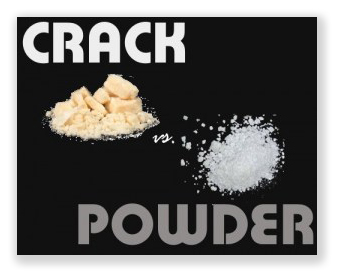 The letter also urges Biden to use clemency to cut the sentences of people convicted for crimes related to crack cocaine who would face less time in prison if crack and powder cocaine were punished at a one-to-one ratio and urged him to restart Obama’s clemency initiative, which granted clemency to nearly 1,700 people – mostly for drug offenses – who met certain qualifications.
The letter also urges Biden to use clemency to cut the sentences of people convicted for crimes related to crack cocaine who would face less time in prison if crack and powder cocaine were punished at a one-to-one ratio and urged him to restart Obama’s clemency initiative, which granted clemency to nearly 1,700 people – mostly for drug offenses – who met certain qualifications.
“The letter came just weeks before Election Day,” Politico noted last week. “But it reflects concerns that have only intensified since Trump won the White House.”
At the same time, pressure is intensifying to convince Biden to commute the death sentences of the 40 people on federal death row. Their crimes range from drug-related murders to murder in a national park to terrorist killings and the fatal shooting of a bank guard during a robbery.
Of 50 federal executions in the past century, Trump carried out 13 of them in six months beginning in July 2020. Trump has promised to execute everyone on death row in his next Administration.
The ACLU last week called on Biden to “act now to finish the death penalty reform work his administration began in 2020. He must commute the sentences of all people on federal death row to stymie Trump’s plans and to redress the racial injustice inherent to capital punishment.”
The Atlantic last week called on Biden to offer pardons to Liz Cheney, a former Republican Congresswoman who served on the House January 6th Committee, Chairman of the Joint Chiefs of Staff Mark Milley, prosecutor Jack Smith, and “to all of Trump’s most prominent opponents.” Trump and his allies have promised to prosecute them for imagined crimes arising from prosecuting, investigating or just criticizing him since the January 6, 2021, riot.
Politico, Biden faces pressure from Hill Democrats to grant clemency for drug crimes (November 13, 2024)
Letter to President Biden from Sen Durbin et al (October 21, 2024)
Slate, Joe Biden Can Preemptively Halt One Brutal Trump Policy (November 12, 2024)
ACLU, Biden Must Use Final Months in Office to Commute Federal Death Sentences (November 14, 2024)
The Atlantic, Pardon Trump’s Critics Now (November 13, 2024)
– Thomas L. Root


